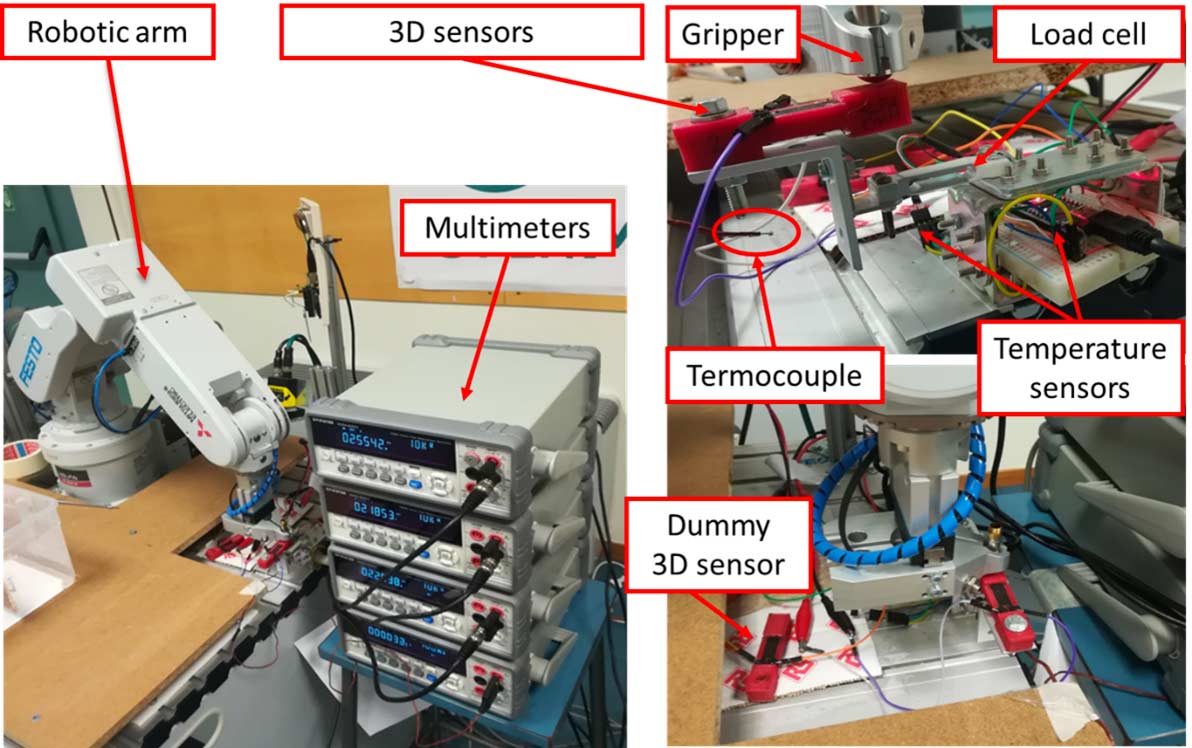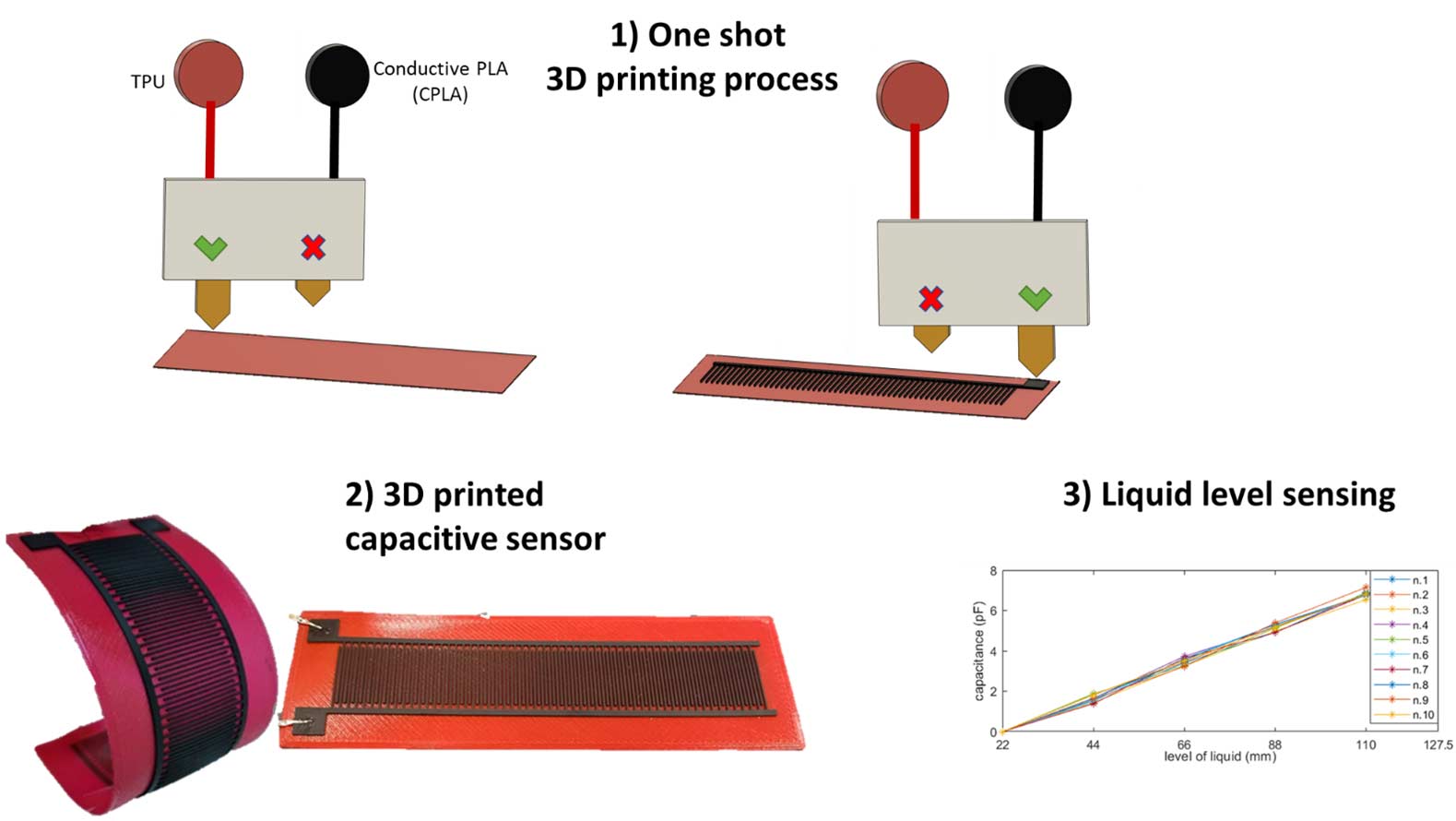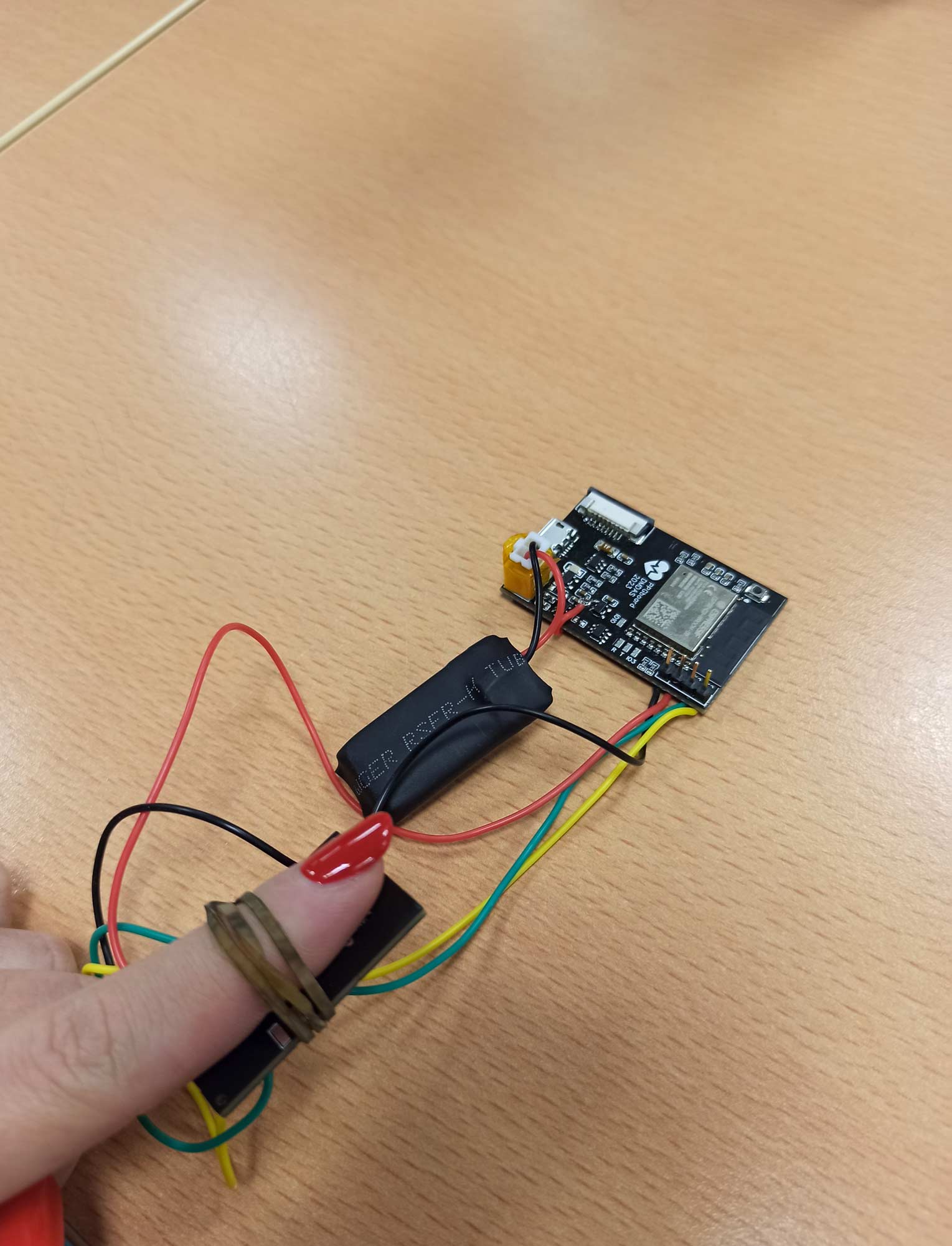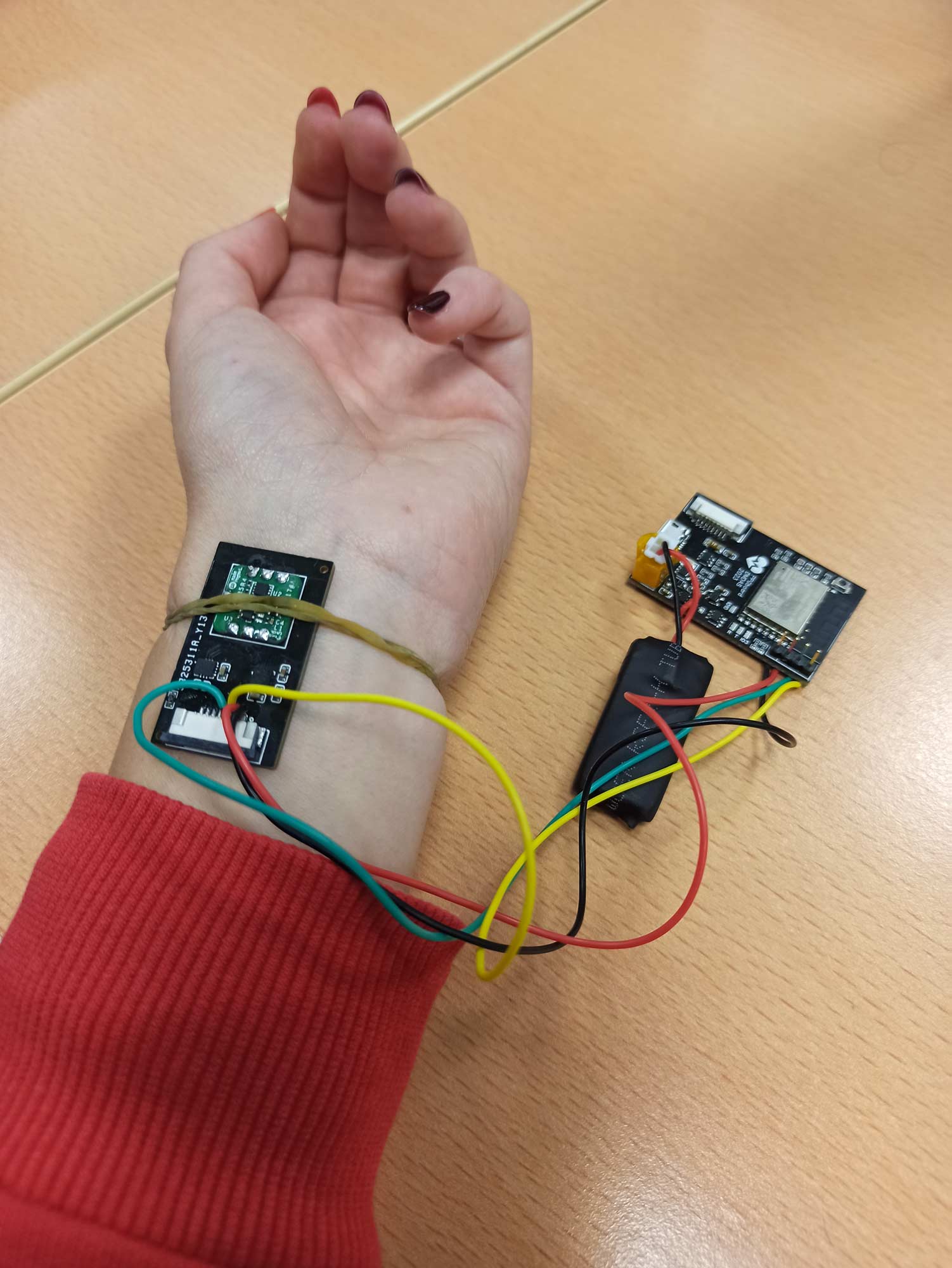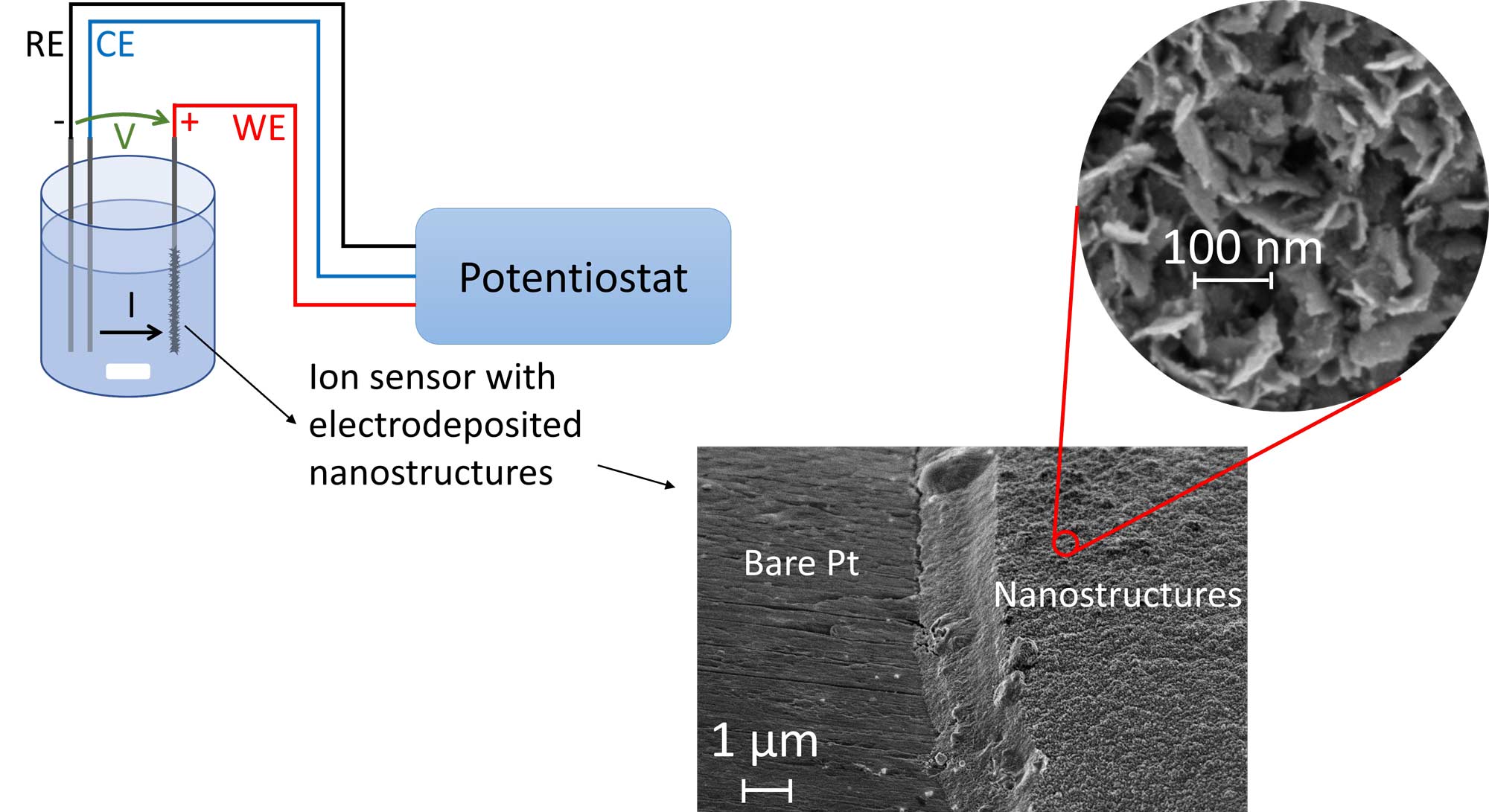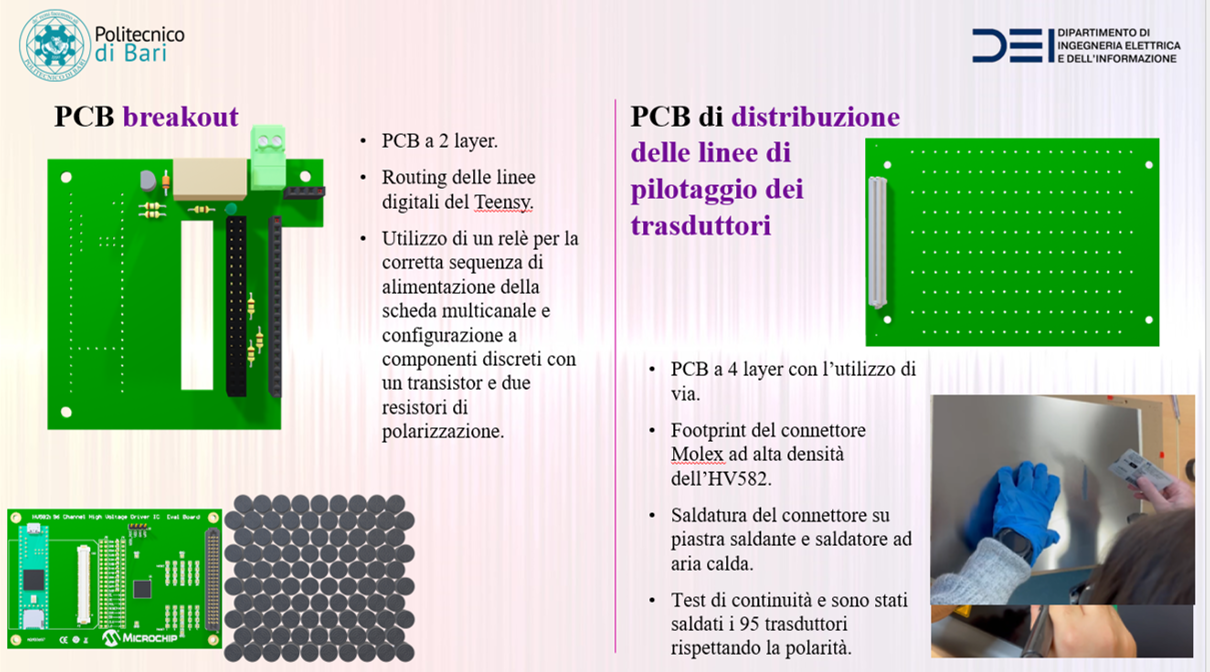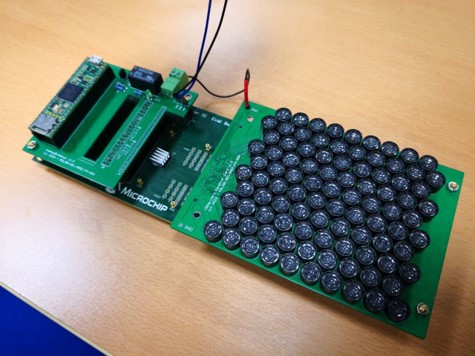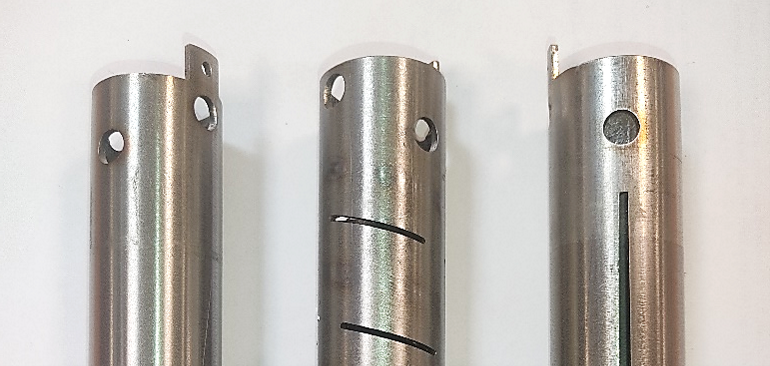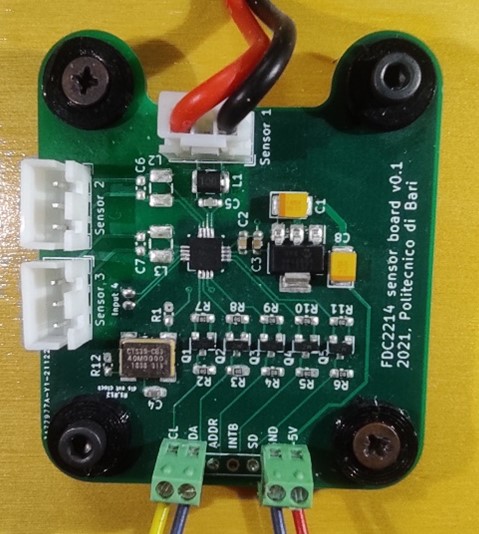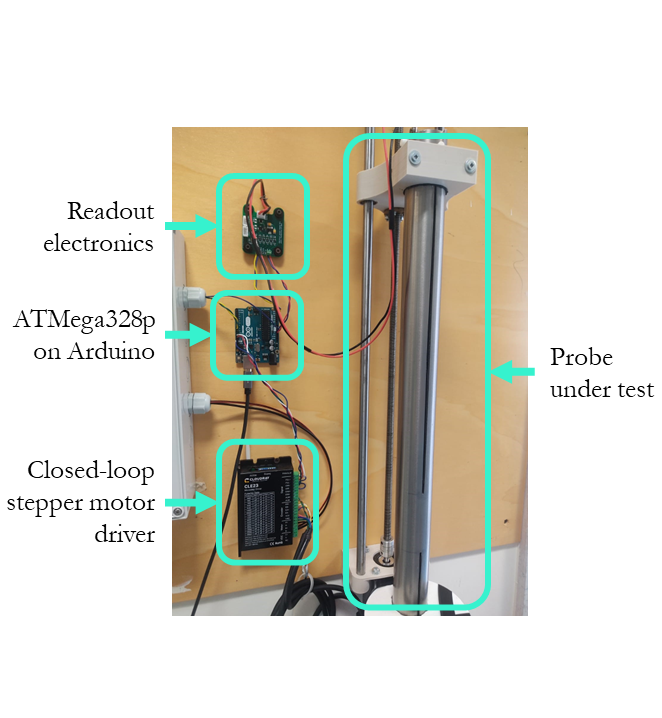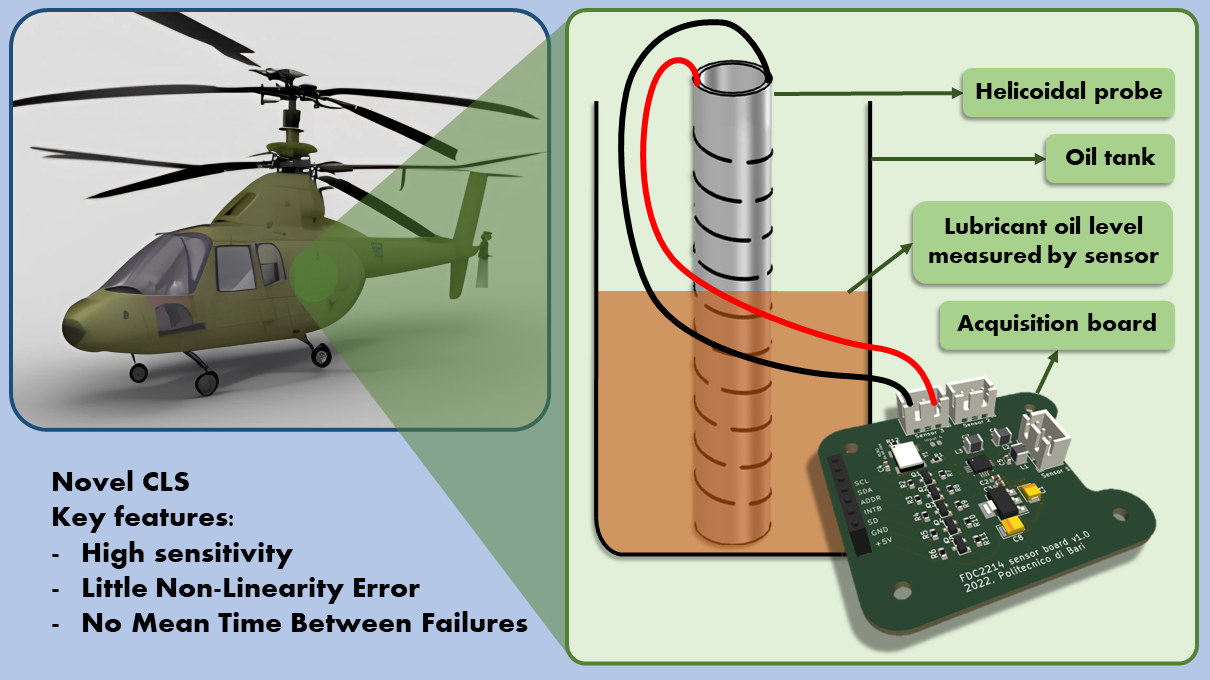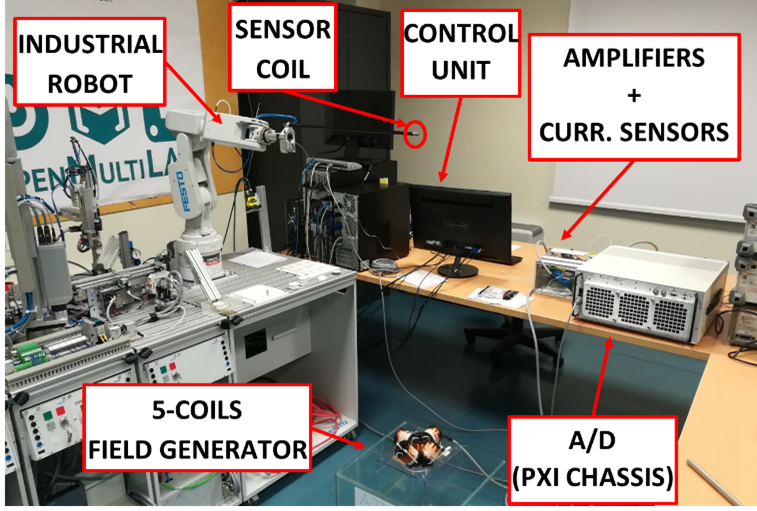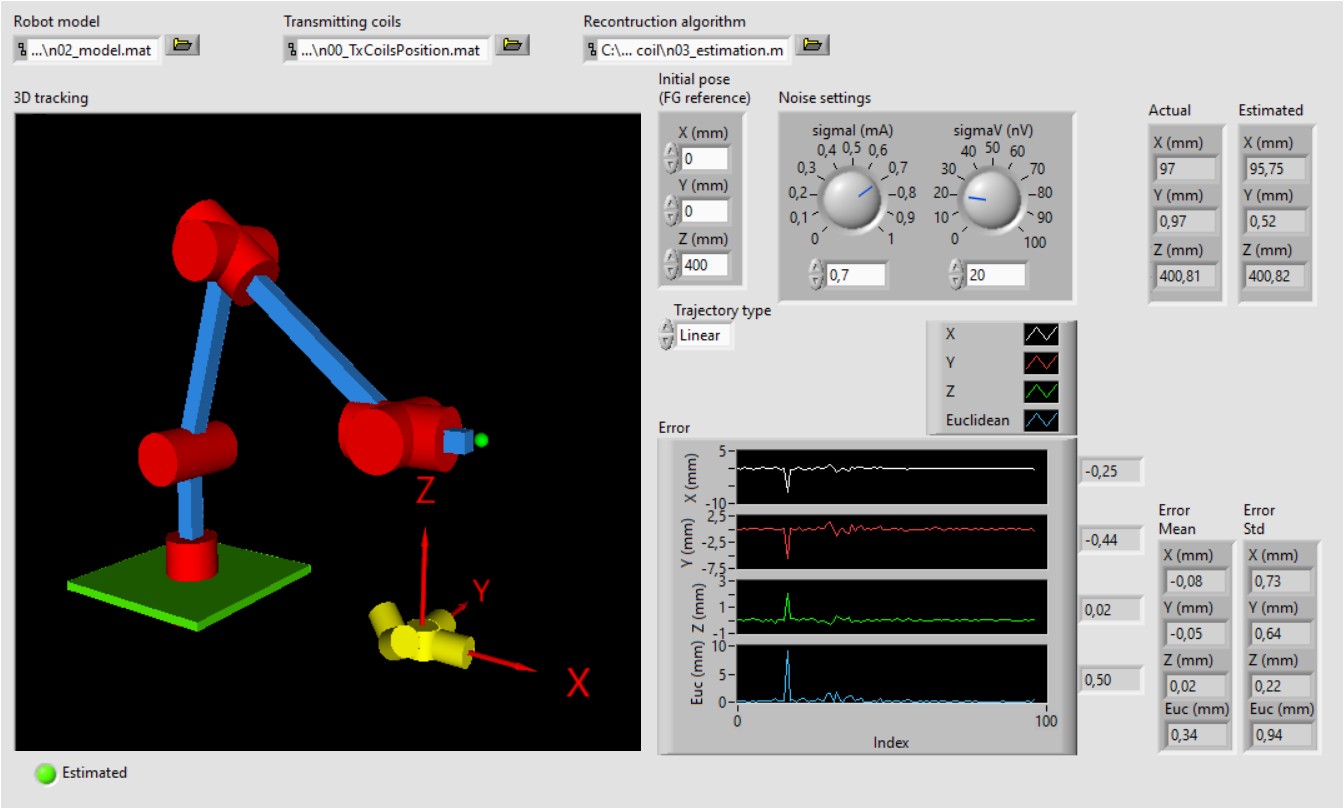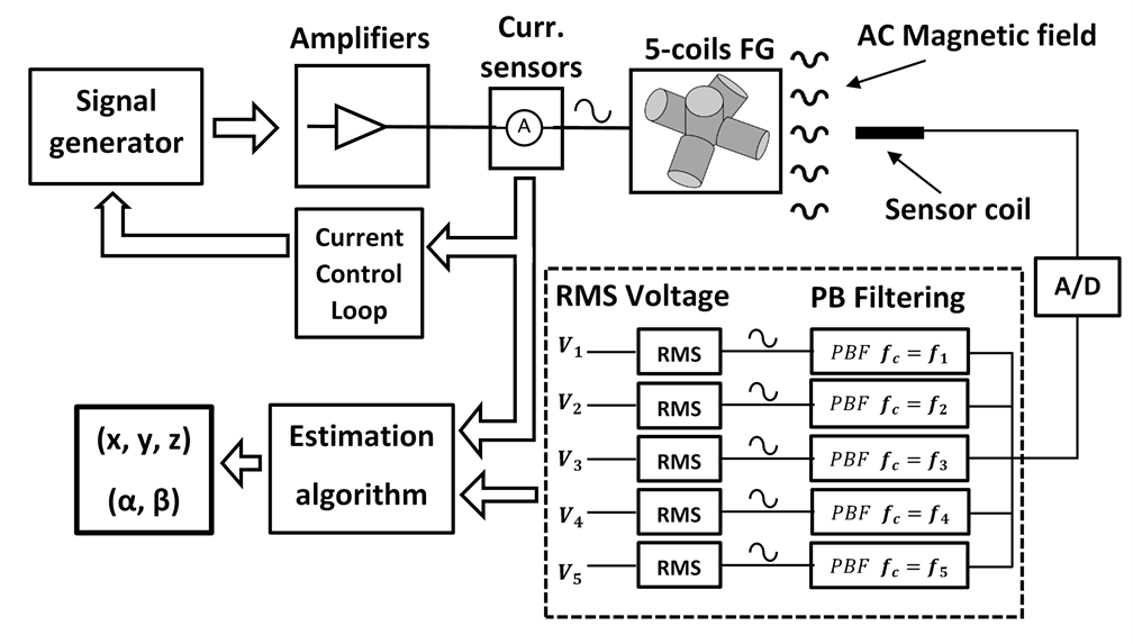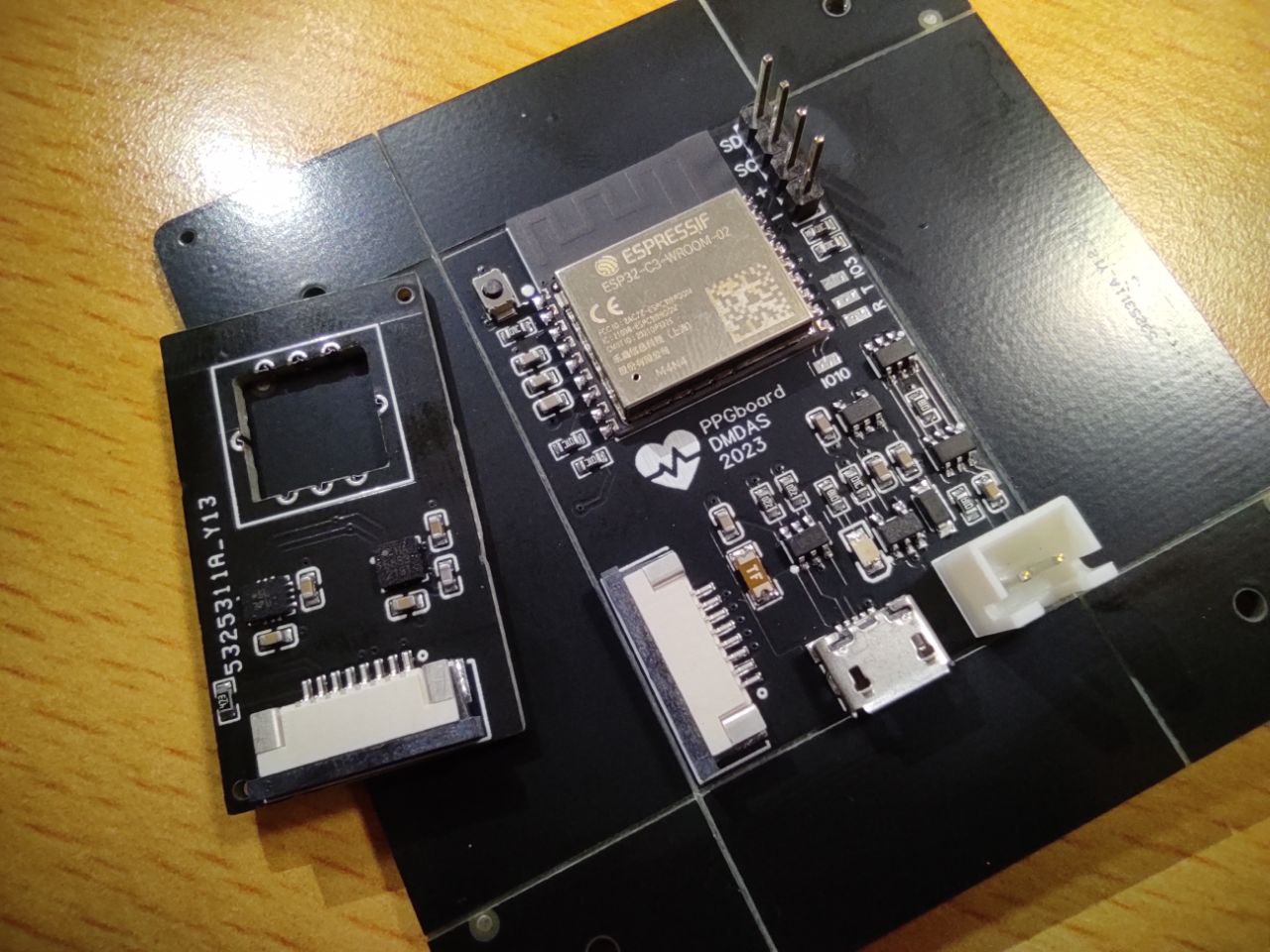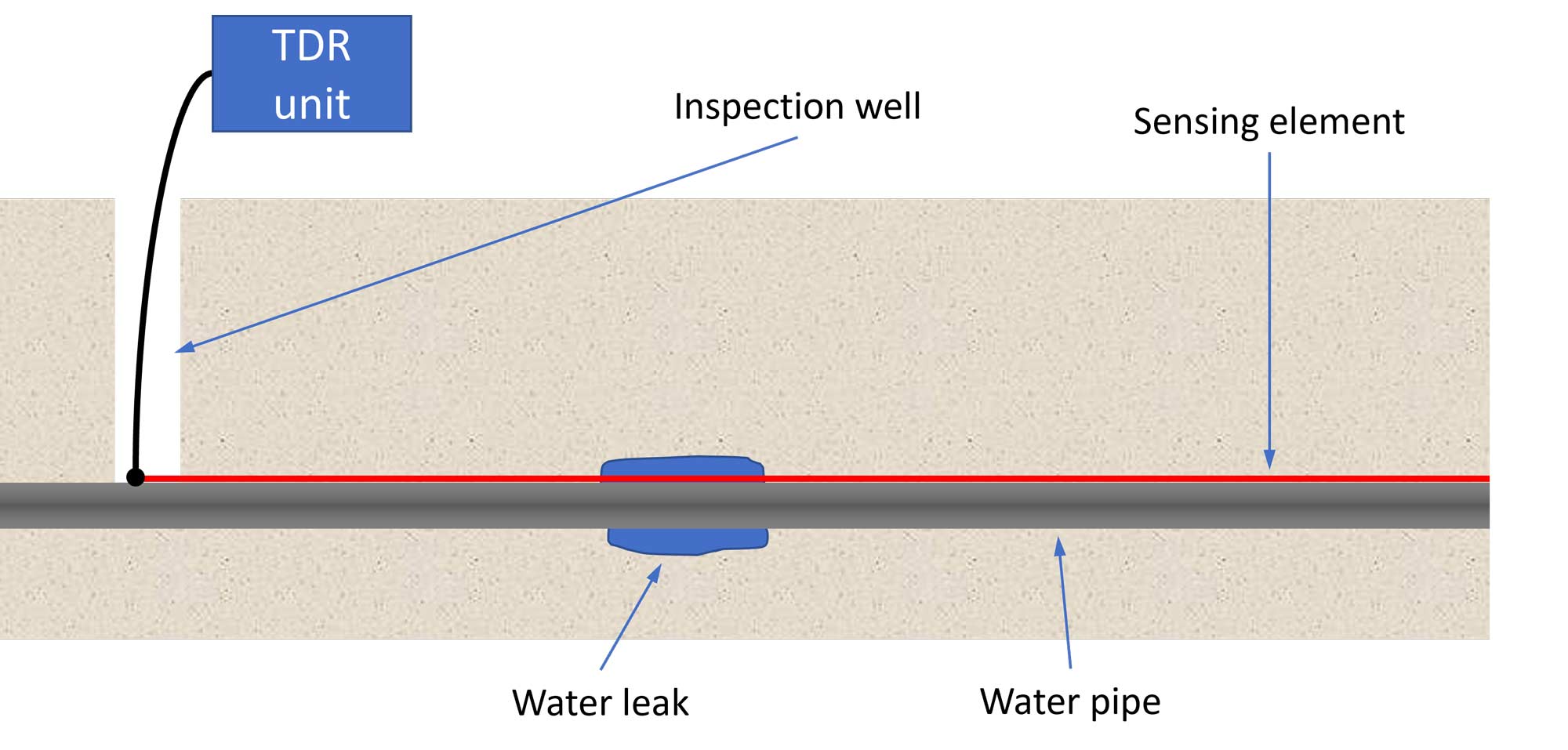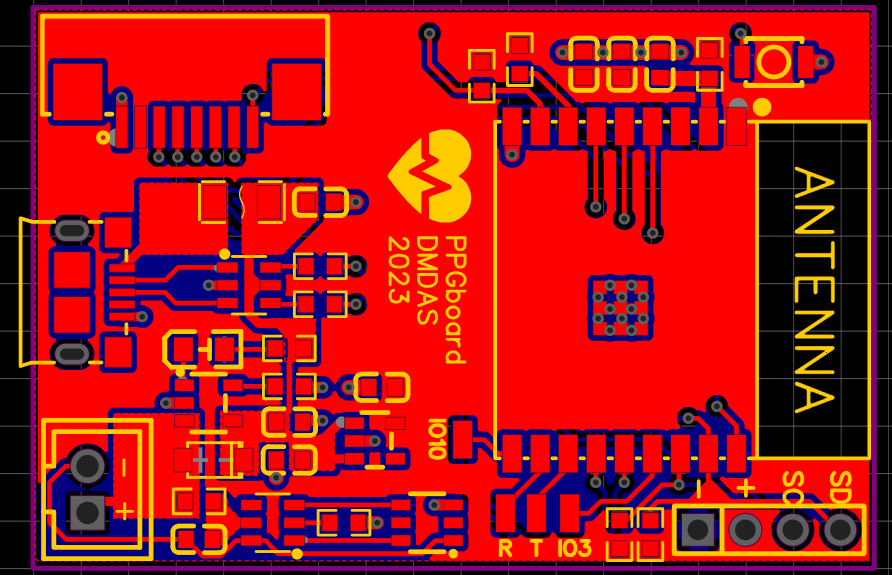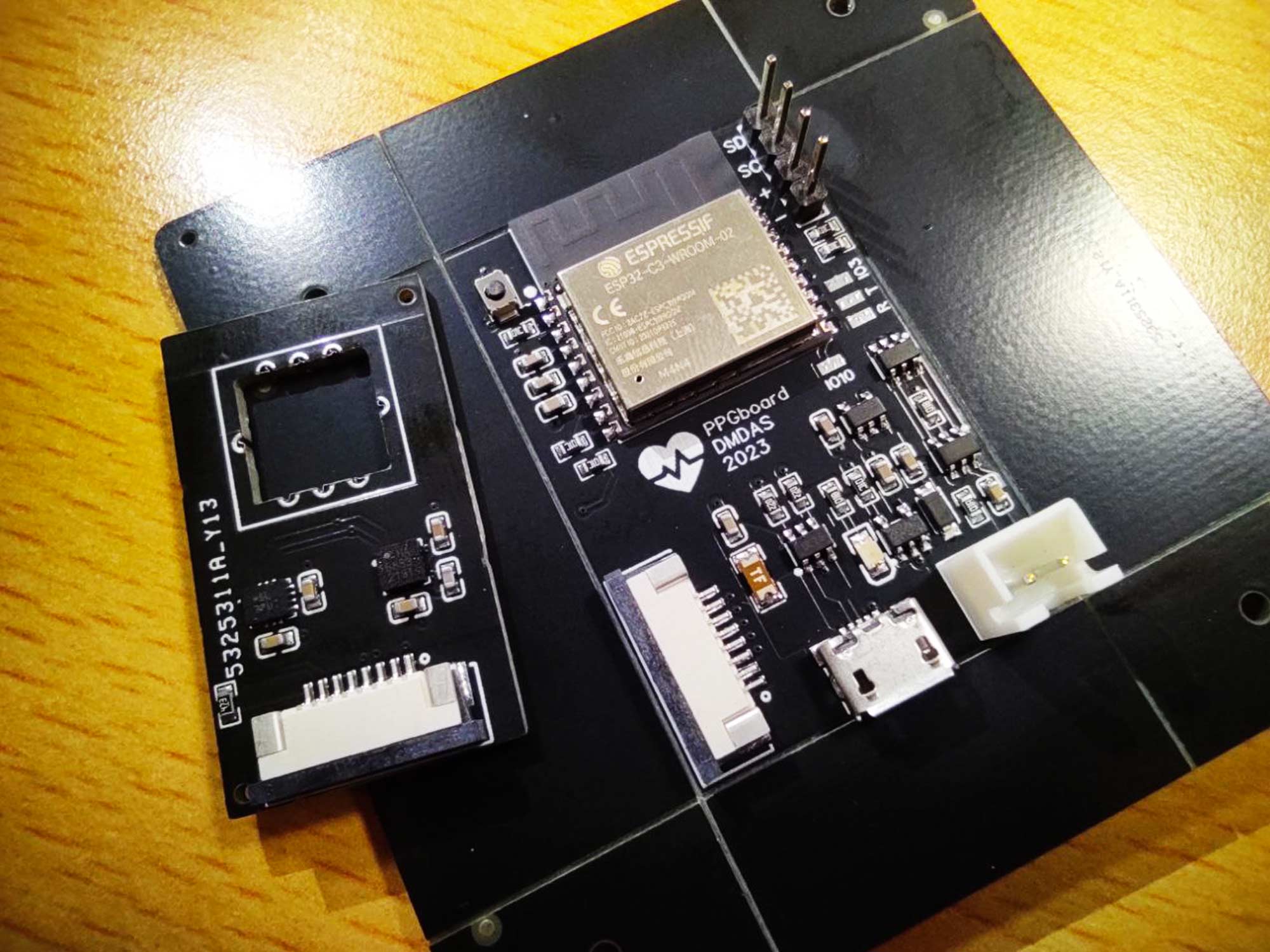Our group is specialized in the prototyping and testing of a wide range of sensors. We possess both cutting-edge technologies and expertise devoted to the development of multilayer PCBs for signal conditioning, ensuring optimal performance and reliability. Our focus remains steadfast on achieving precision and overall accuracy through the integration of advanced technologies.
In collaboration with GE AvioAero, we have successfully prototyped a groundbreaking Capacitive Level Sensor (CLS) tailored for avionic applications. The system comprising the readout circuit exhibits superior static and dynamic performance, surpassing the capabilities of most commercial sensors in compliance to industrial standards.
Our ongoing efforts involve the development of a wearable wristband designed to perform non-invasive, cuff-less measurements of blood pressure using photoplethysmographic sensors. The acquisition system, conceived and designed in our laboratories, incorporates a microcontroller, PPG sensor, Inertial Measurement Unit (IMU), and an antenna for wireless communication.
Expanding our competences into additive manufacturing, we are engaged in the production of 3D-printed sensors utilizing both polymeric and conductive materials. This approach offers heightened flexibility and cost-effectiveness compared to traditional methods. Our objective is to sense various quantities such as temperature, strain, liquid level, and displacement. The meticulous study of different geometries and materials enables us to achieve sensitivity to diverse quantities and enhance overall sensing performance.
More details about our latest Research activities:
Ultrasonic arrays for contactless levitation and haptics
Ultrasound phased-arrays (UPAs) are composed of piezoelectric transducers which emit ultrasound waves. By appropriately choosing the phase of the ultrasound signal produced by each transducer, it is possible to generate a pressure focus (or multiple foci) allowing to levitate small particles and objects in air. By modulating the acoustic field it is also possible to render haptic sensation on the hand of a user, enabling AR/VR experience, telemedicine applications, organic particle manipulations, etc. Our group developed a whole UPA and the PCB for both signal generations section, transducers arrangement, and signal amplification.
TDR-based distributed sensing
This research focuses on developing and prototyping TDR-based devices for distributed sensing of quantities related to the dielectric constant of materials. These devices utilize a simple and cost-effective sensing element capable of operating on a large scale (hundreds of meters). Examples of applications for this technology include soil moisture estimation, detection of water pipe leakages, and landslide monitoring.
EM tracking systems for surgical navigation
This research regards the performance analysis of EM tracking systems for the localization of surgical instruments, with the primary aim of increasing their localization range. A first prototype was developed in collaboration with the company Masmec Biomed (Modugno, BA), as well as the measurement chain and the experimental setup for its analysis. We also developed a simulation tool to predict the accuracy of the tracking system for different geometrical configuration of the field sources and operating conditions.
Biosensors for blood analysis
This research is conducted in collaboration with the EPFL (École Polytechnique Fédérale de Lausanne) and regards the development and characterization of nanostructured micro-biosensors to measure concentration of different substances in blood, such as drugs for cancer treatment and ions. A main aspect if the accurate characterization, in terms of both fabrication parameters and sensing performance.
This research is carried out in collaboration with GE AvioAero and it is focused on the prototyping of a novel Capacitive Level Sensor (CLS), with the objective of improving statical performances, i.e., the sensitivity, and the dynamical performances, i.e., first order response and small rise time. The readout electronics for the sensor was developed and built in our laboratories. The results confirmed better performances with respect to the actual industry standard.
Additive manufacturing allows to fabricate sensors with high flexibility and low cost, if compared to many traditional approaches. This research is focused on the development of 3d-printed sensors usually made of both polymeric and conductive materials, for the purpose of measuring several quantities such as temperature, strain, liquid level, displacement. The study of different geometry and materials allows to obtain sensitivity to different quantities and enhance sensing performance.
